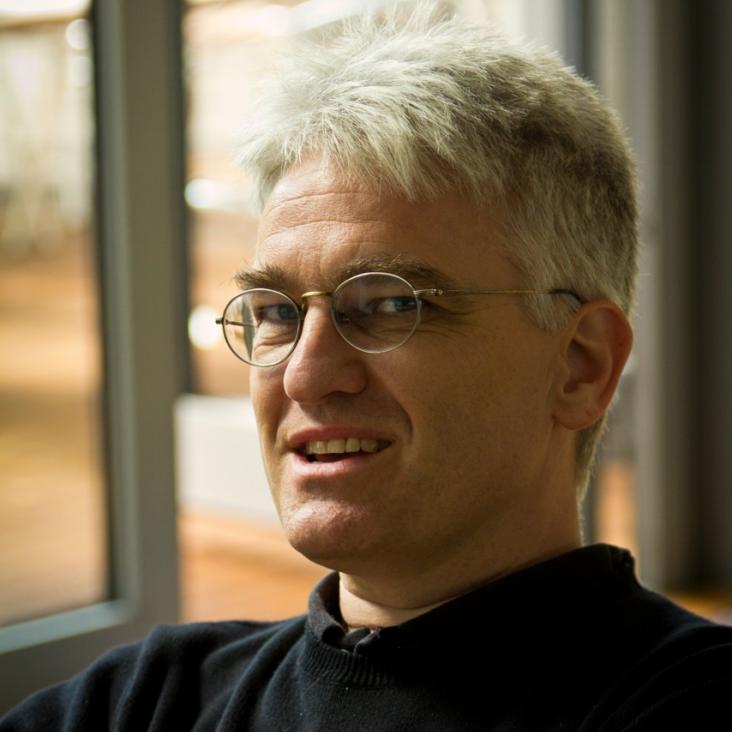On the low-energy description for tunnel-coupled one-dimensional Bose gases
(2020)
Finite temperature and quench dynamics in the Transverse Field Ising Model from form factor expansions
(2020)
Finite temperature and quench dynamics in the Transverse Field Ising Model from form factor expansions
(2020)
Finite temperature and quench dynamics in the Transverse Field Ising Model from form factor expansions
(2020)
On the low-energy description for tunnel-coupled one-dimensional Bose gases
(2020)


